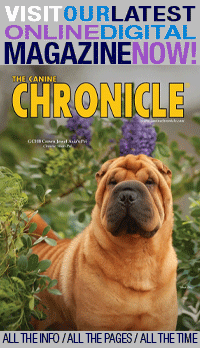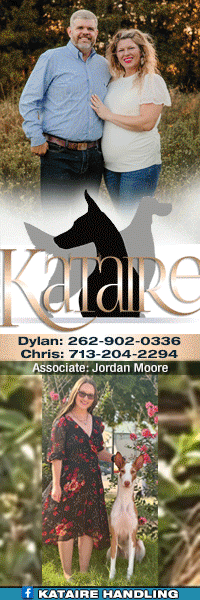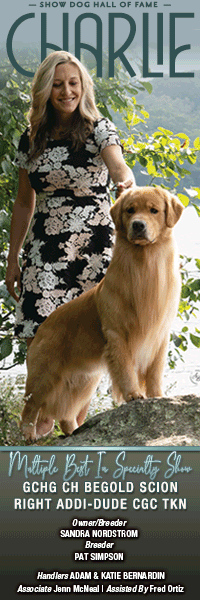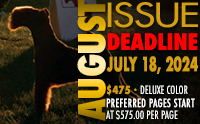Norrbottenspets-Pohjanpystykorva – Versatile Spitz
290 – November/December, 2018
text and illustrations by Svenska Kennelklubben, Ria Hörter and Eva-Maria Krämer
Although dogs have been our companions for millennia, we have to guess at what prehistoric dogs looked like exactly. One thing we do know for sure, though, is the work they did. They followed the prey, drove the flocks and herds, guarded livestock and defended their owners’ property.
Unspoiled Landscapes

Coming across the Finnish breed name Pohjanpystykorva, not many fanciers will think of the Norrbottenspets (or Norrbottenspitz). Swedish farmers have yet another name for the breed: Norrbottens Skällandehund.
The name Norrbottenspets derives from Norrbotten (North Bothnia), the northernmost arm of the Baltic Sea and the northernmost county in Sweden, in the area where the breed originated. The original name is Norrbottenspets, but in English-speaking countries, Norrbottenspitz is used as well.
For ages, farmers and hunters in the unspoiled northern parts of Norway, Sweden and Finland used Spitz dogs for hunting small game. They are documented in large parts of Norway and Sweden, the northern part of Finland and the northwestern part of Russia, where the Sámi (or Saami) people live.
Old photos of Saami dating from around 1900 include typical Northern dogs with erect ears, pointed muzzles and wedge-shaped heads. They were not yet a specific breed, but without any doubt the forerunners of the Finnish Spitz, Finnish Lapphund and Norrbottenspets.
The FCI provides a brief description of the breed: “[The Norrbottenspitz] is a small, slightly rectangular spitz dog, well poised, with sinewy and well-developed muscles. Alert with head carried high, a fearless attitude and extremely agile.” They are calm, keen and attentive, with a kind disposition.
Survival of the Fittest
The Norrbottenspitz belongs to FCI Group 5: Spitz and primitive types. Section 2 Nordic hunting dogs. In the U.S., the Norrbottenspets is in the AKC Miscellaneous Class; in Canada, it’s in CKC Group 2 (Hounds).
Small hunting Spitz dogs survived for thousands of years through natural selection – i.e., survival of the fittest. Over time, the Norrbottenspets hardly changed, any changes being the result of unintentional crossings with other Spitz dogs and nothing to do with appearance. Fit for function is a common belief now – “every dog should be bred to be fit enough to enjoy its life to the full.”
Click here to read the complete article290 – November/December, 2018
Short URL: http://caninechronicle.com/?p=155225
Comments are closed











